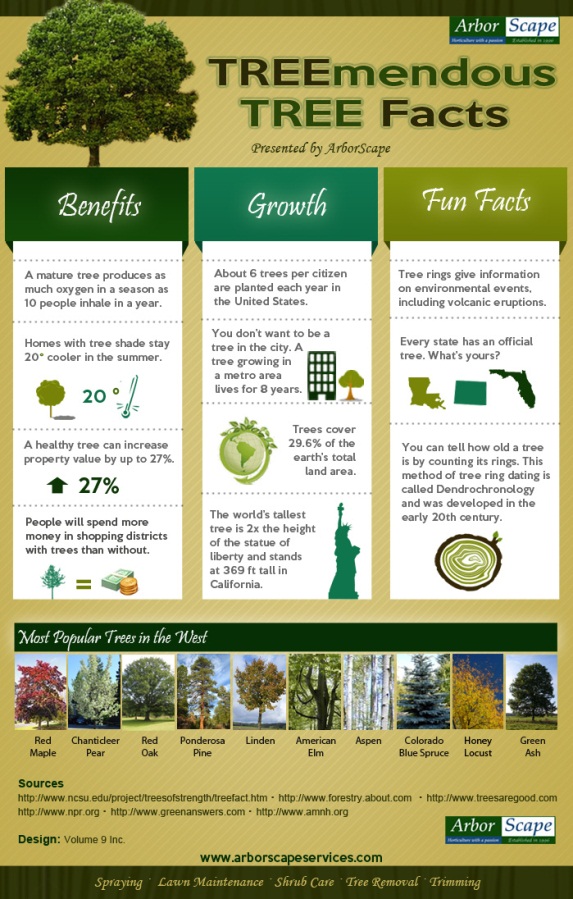Post-Tree Elimination Therapy: Efficient Approaches For Landscape Repair
Post-Tree Elimination Therapy: Efficient Approaches For Landscape Repair
Blog Article
Content Create By-Tate Chambers
After a tree's removal, your landscape may look fairly various, and it's essential to analyze the aftermath meticulously. You'll intend to evaluate the soil disturbance and inspect bordering plants for any kind of signs of anxiety. Ignoring Best Time Of Year To Trim Trees can lead to bigger problems down the line. So, what should you perform with those stumps and origins? And how do you select the most effective plants for your rejuvenated space? Let's discover these essential steps.
Evaluating the Aftermath: Reviewing Your Landscape
After a tree elimination, it's vital to evaluate your landscape to recognize the impact it has on your backyard.
Start by checking out the location where the tree stood. Look for indications of dirt disturbance, and check the surrounding plants for any type of anxiety or damage.
You should also remember of how the elimination has actually transformed sunshine direct exposure and air flow in your garden. This change can affect the growth of close-by plants, so it's vital to assess their health.
Take into consideration the aesthetic facets also; the elimination could develop an open space that you can redesign.
Finally, think of any type of possible disintegration concerns that could occur from the tree's lack. Dealing with these factors early will help restore balance to your landscape.
Taking care of Stumps and Roots: Options for Removal
Once you have actually evaluated the consequences of the tree removal, you'll likely need to take on the stump and roots left behind.
https://www.oregonlive.com/hg/2020/02/ask-an-expert-its-not-easy-to-root-apple-tree-from-cuttings.html have a couple of alternatives for removal. One efficient approach is stump grinding, where an expert makes use of a maker to grind the stump to below ground degree. This method leaves marginal disturbance to your landscape.
If you prefer a do it yourself technique, you can make use of a mix of digging and chemical stump removers. Just remember, this process can take some time and initiative.
Additionally, think about leaving the stump as a natural feature, which can work as a special yard aspect or environment for wildlife.
Whatever you pick, attending to the stump and origins is vital for recovering your landscape.
Picking the Right Plants for Your New Space
As you analyze your newly removed area, choosing the right plants can substantially boost your landscape's elegance and capability.
Start by considering the sunshine and dirt conditions. For sunny areas, choose drought-resistant plants like lavender or succulents. In shaded areas, brushes and hostas thrive well.
Think about the dimension and development practices of your plants; mix perennials and annuals for seasonal selection. Do not fail to remember to integrate indigenous species; they need less maintenance and assistance local wild animals.
Team plants in weird numbers for a more natural look and develop layers for visual deepness.
Finally, ensure Storm Damage Tree Removal Near Me have a mix of shades and textures to keep your landscape vivid throughout the periods.
Satisfied growing!
Conclusion
Finally, restoring your landscape after tree removal is a gratifying process. By evaluating the consequences, attending to stumps and origins, and selecting the right plants, you'll produce a flourishing atmosphere. Don't forget to incorporate disintegration control actions to safeguard your dirt. With a little initiative and treatment, you can change your area right into a vibrant yard that boosts your residential or commercial property. Accept the possibility to invigorate your landscape and take pleasure in the beauty of nature right in your backyard!
